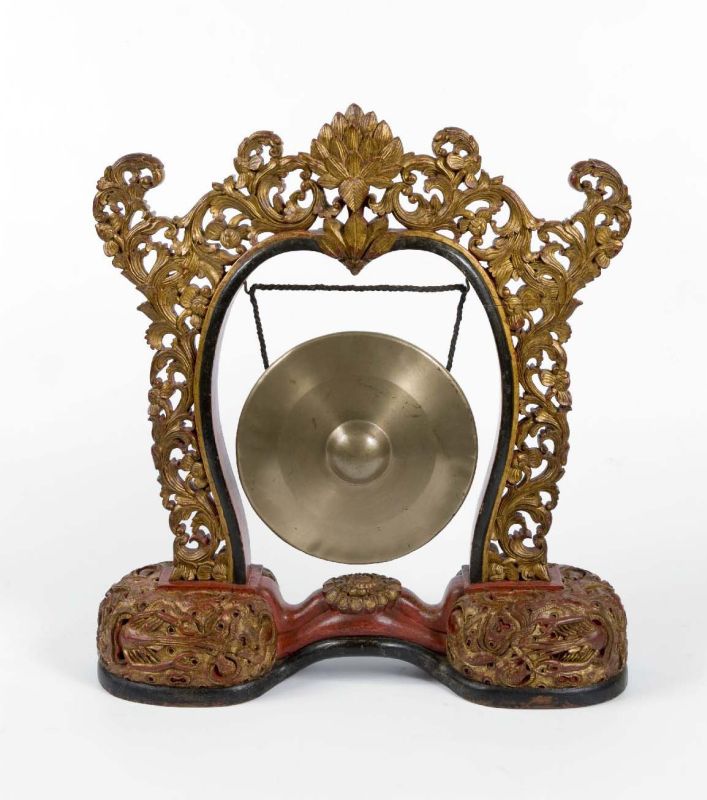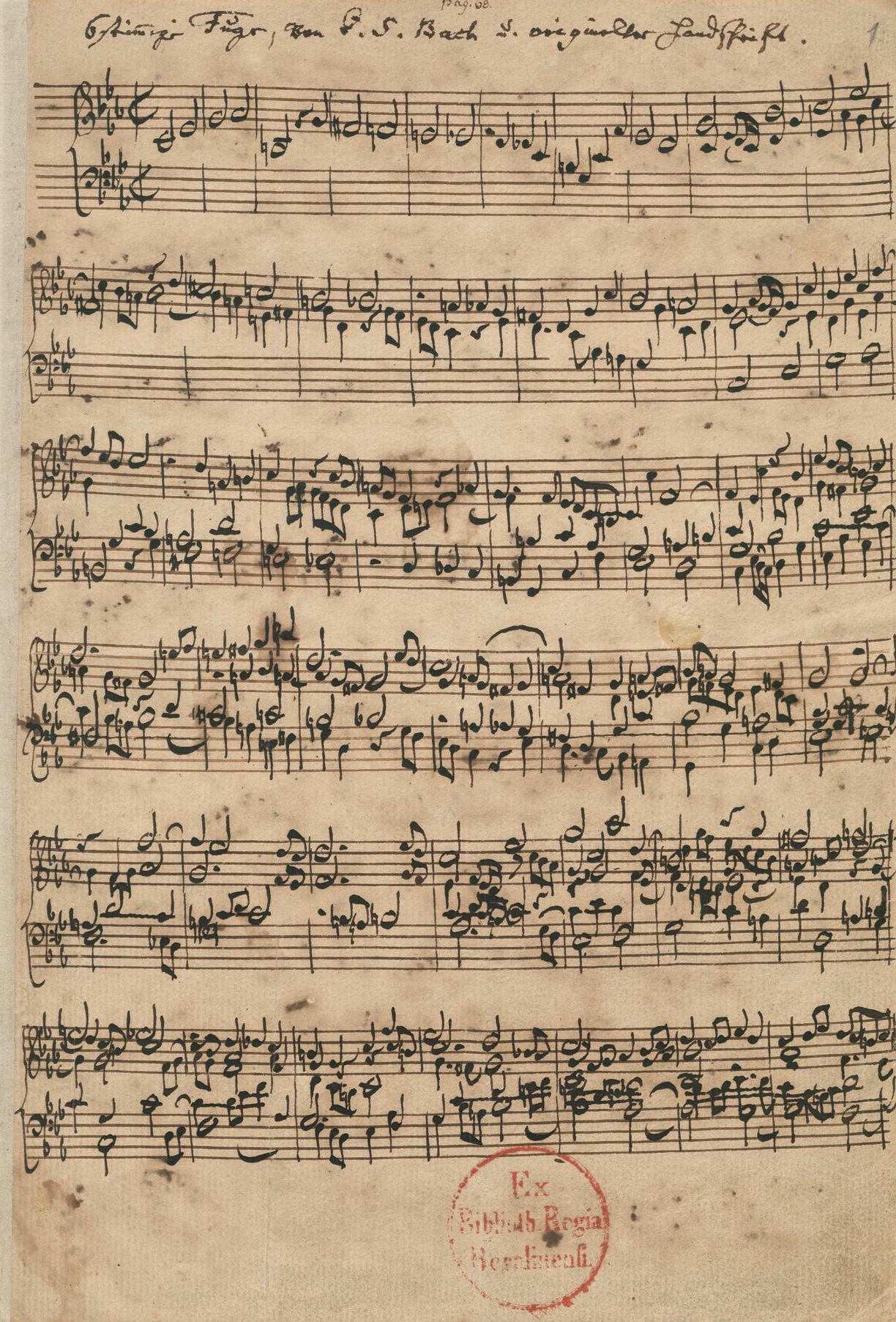|
Music For Strings, Percussion And Celesta
''Music for Strings, Percussion and Celesta'', Sz. 106, BB 114 is one of the best-known compositions by the Hungarian composer Béla Bartók. Commissioned by Paul Sacher to celebrate the tenth anniversary of the chamber orchestra '' Basler Kammerorchester'', the score is dated 7 September 1936. The work was premiered in Basel, Switzerland, on January 21, 1937 by the chamber orchestra conducted by Sacher, and was published the same year by Universal Edition. Analysis As its title indicates, the piece is written for string instruments (violins, violas, cellos, double basses, and harp), percussion instruments ( xylophone, snare drum, cymbals, tam-tam, bass drum, and timpani) and celesta. The ensemble also includes a piano, which, due to the hammer mechanisms inside, can also be considered a percussion instrument; the celesta player joins the pianist in some four-hands passages. Bartók divides the strings into two ensembles which, he directs, should be placed antiphonally o ... [...More Info...] [...Related Items...] OR: [Wikipedia] [Google] [Baidu] |
Béla Bartók
Béla Viktor János Bartók (; ; 25 March 1881 – 26 September 1945) was a Hungarian composer, pianist and ethnomusicologist. He is considered one of the most important composers of the 20th century; he and Franz Liszt are regarded as Hungary's greatest composers. Among his notable works are the opera ''Bluebeard's Castle'', the ballet ''The Miraculous Mandarin'', ''Music for Strings, Percussion and Celesta'', the Concerto for Orchestra (Bartók), Concerto for Orchestra and List of string quartets by Béla Bartók, six string quartets. Through his collection and analytical study of folk music, he was one of the founders of comparative musicology, which later became known as ethnomusicology. Per Anthony Tommasini, Bartók "has empowered generations of subsequent composers to incorporate folk music and classical traditions from whatever culture into their works and was "a formidable modernist who in the face of Schoenberg’s breathtaking formulations showed another way, forgi ... [...More Info...] [...Related Items...] OR: [Wikipedia] [Google] [Baidu] |
Tam-tam
A gongFrom Indonesian and ; ; zh, c=鑼, p=luó; ; ; ; ; is a percussion instrument originating from Southeast Asia, and used widely in Southeast Asian and East Asian musical traditions. Gongs are made of metal and are circular and flat or bowl-like in shape, and can come in various sizes. They are typically struck with a mallet. They can be played alone, giving a characteristic "crashing" sound, or played as part of a tuned set that produce bell-like sounds. The earliest possible depictions of gongs is from the details on the surface of the Ngọc Lũ I bronze drum () from the Dong Son culture of northern Vietnam. It depicts what looks like seven-gong ensembles along with other instruments (including cymbals/bells and the bronze drums themselves). The oldest undisputed historical mention of gongs can be found in sixth century AD Chinese records, which mentioned it as a foreign instrument that came from a country between Tibet and Burma. The term ''gong'' () origina ... [...More Info...] [...Related Items...] OR: [Wikipedia] [Google] [Baidu] |
Tritone
In music theory, the tritone is defined as a interval (music), musical interval spanning three adjacent Major second, whole tones (six semitones). For instance, the interval from F up to the B above it (in short, F–B) is a tritone as it can be decomposed into the three adjacent whole tones F–G, G–A, and A–B. Narrowly defined, each of these whole tones must be a step in the scale (music), scale, so by this definition, within a diatonic scale there is only one tritone for each octave. For instance, the above-mentioned interval F–B is the only tritone formed from the notes of the C major scale. More broadly, a tritone is also commonly defined as any interval with a width of three whole tones (spanning six semitones in the chromatic scale), regardless of scale degrees. According to this definition, a diatonic scale contains two tritones for each octave. For instance, the above-mentioned C major scale contains the tritones F–B (from F to the B above it, also called augment ... [...More Info...] [...Related Items...] OR: [Wikipedia] [Google] [Baidu] |
Texture (music)
In music, texture is how the tempo and the melodic and harmonic materials are combined in a musical composition, determining the overall quality of the sound in a piece. The texture is often described in regard to the density, or thickness, and range, or width, between lowest and highest pitches, in relative terms as well as more specifically distinguished according to the number of voices, or parts, and the relationship between these voices (see Common types below). For example, a thick texture contains many 'layers' of instruments. One of these layers could be a string section or another brass. The thickness also is changed by the amount and the richness of the instruments playing the piece. The thickness varies from light to thick. A piece's texture may be changed by the number and character of parts playing at once, the timbre of the instruments or voices playing these parts and the harmony, tempo, and rhythms used. The types categorized by number and relationship of parts ... [...More Info...] [...Related Items...] OR: [Wikipedia] [Google] [Baidu] |
Mute (music)
A mute is a device attached to a musical instrument which changes the instrument's timbre, tone quality (timbre) or lowers its volume. Mutes are commonly used on string instrument, string and brass instruments, especially the trumpet and trombone, and are occasionally used on woodwinds. Their effect is mostly intended for artistic use, but they can also allow players to practice discreetly. Muting can also be done by hand, as in the case of palm mute, palm muting a guitar or grasping a Triangle (music), triangle to dampen its sound. Mutes on brass instruments are typically inserted into the flared end of the instrument (bell). They can also be held in front of or clipped onto the bell. Of brass mutes, the "straight mute" is the most common and is frequently used in classical music, classical and jazz music, but a wide variety are available. On string instruments of the violin family, mutes are usually attached to the bridge (instrument), bridge, the piece of wood that supports t ... [...More Info...] [...Related Items...] OR: [Wikipedia] [Google] [Baidu] |
Time Signature
A time signature (also known as meter signature, metre signature, and measure signature) is an indication in music notation that specifies how many note values of a particular type fit into each measure ( bar). The time signature indicates the meter of a musical movement at the bar level. In a music score the time signature appears as two stacked numerals, such as (spoken as ''four–four time''), or a time symbol, such as (spoken as ''common time''). It immediately follows the key signature (or if there is no key signature, the clef symbol). A mid-score time signature, usually immediately following a barline, indicates a change of meter. Most time signatures are either simple (the note values are grouped in pairs, like , , and ), or compound (grouped in threes, like , , and ). Less common signatures indicate complex, mixed, additive, and irrational meters. Time signature notation Most time signatures consist of two numerals, one stacked above the other: * ... [...More Info...] [...Related Items...] OR: [Wikipedia] [Google] [Baidu] |
Fugue
In classical music, a fugue (, from Latin ''fuga'', meaning "flight" or "escape""Fugue, ''n''." ''The Concise Oxford English Dictionary'', eleventh edition, revised, ed. Catherine Soanes and Angus Stevenson (Oxford and New York: Oxford University Press, 2006). ) is a Counterpoint, contrapuntal, Polyphony, polyphonic Musical composition, compositional technique in two or more voice (music), voices, built on a Subject (music), subject (a musical theme) that is introduced at the beginning in imitation (music), imitation (repetition at different pitches), which recurs frequently throughout the course of the composition. It is not to be confused with a ''fuguing tune'', which is a style of song popularized by and mostly limited to Music history of the United States, early American (i.e. shape note or "Sacred Harp") music and West gallery music, West Gallery music. A fugue usually has three main sections: an exposition (music), exposition, a development (music), development, and a final ... [...More Info...] [...Related Items...] OR: [Wikipedia] [Google] [Baidu] |
Key Signature
In Western musical notation, a key signature is a set of sharp (), flat (), or rarely, natural () symbols placed on the staff at the beginning of a section of music. The initial key signature in a piece is placed immediately after the clef at the beginning of the first line. If the piece contains a section in a different key, the new key signature is placed at the beginning of that section. In a key signature, a sharp or flat symbol on a line or space of the staff indicates that the note represented by that line or space is to be played a semitone higher (sharp) or lower (flat) than it would otherwise be played. This applies through the rest of the piece or until another key signature appears. Each symbol applies to comparable notes in all octaves—for example, a flat on the fourth space of the treble staff (as in the diagram) indicates that all notes notated as Es are played as E-flats, including those on the bottom line of the staff. Most of this article addres ... [...More Info...] [...Related Items...] OR: [Wikipedia] [Google] [Baidu] |
Movement (music)
A movement is a self-contained part of a musical composition or musical form. While individual or selected movements from a composition are sometimes performed separately as stand-alone pieces, a performance of the complete work requires all the movements to be performed in succession. A movement is a section (music), section, "a major structural unit perceived as the result of the coincidence of relatively large numbers of structural phenomena". Sources [...More Info...] [...Related Items...] OR: [Wikipedia] [Google] [Baidu] |
Antiphon
An antiphon ( Greek ἀντίφωνον, ἀντί "opposite" and φωνή "voice") is a short chant in Christian ritual, sung as a refrain. The texts of antiphons are usually taken from the Psalms or Scripture, but may also be freely composed. Their form was favored by St Ambrose and they feature prominently in Ambrosian chant, but they are used widely in Gregorian chant as well. They may be used during Mass, for the Introit, the Offertory or the Communion. They may also be used in the Liturgy of the Hours, typically for Lauds or Vespers. They should not be confused with Marian antiphons or processional antiphons. When a chant consists of alternating verses (usually sung by a cantor) and responses (usually sung by the congregation), a refrain is needed. The looser term antiphony is generally used for any call and response style of singing, such as the kirtan or the sea shanty and other work songs, and songs and worship in African and African-American cultu ... [...More Info...] [...Related Items...] OR: [Wikipedia] [Google] [Baidu] |
Piano
A piano is a keyboard instrument that produces sound when its keys are depressed, activating an Action (music), action mechanism where hammers strike String (music), strings. Modern pianos have a row of 88 black and white keys, tuned to a chromatic scale in equal temperament. A musician who specializes in piano is called a pianist. There are two main types of piano: the #Grand, grand piano and the #Upupright piano. The grand piano offers better sound and more precise key control, making it the preferred choice when space and budget allow. The grand piano is also considered a necessity in venues hosting skilled pianists. The upright piano is more commonly used because of its smaller size and lower cost. When a key is depressed, the strings inside are struck by felt-coated wooden hammers. The vibrations are transmitted through a Bridge (instrument), bridge to a Soundboard (music), soundboard that amplifies the sound by Coupling (physics), coupling the Sound, acoustic energy t ... [...More Info...] [...Related Items...] OR: [Wikipedia] [Google] [Baidu] |





